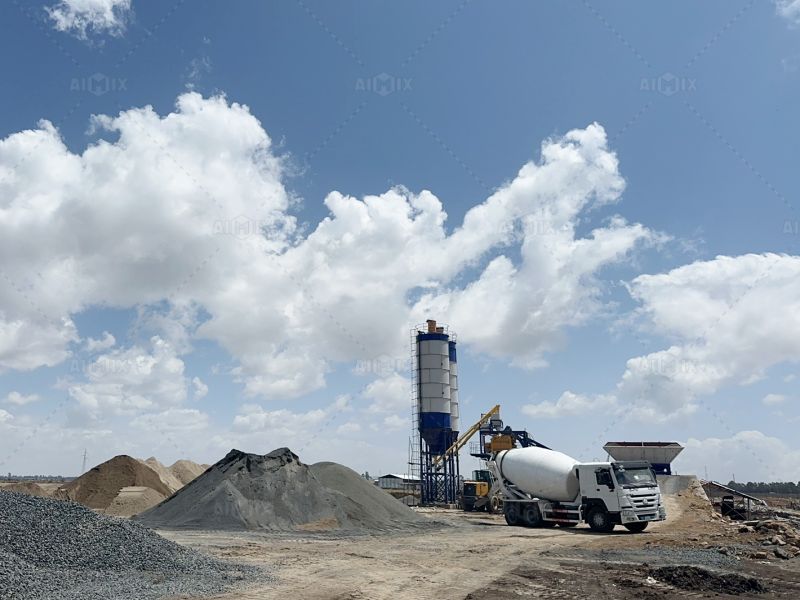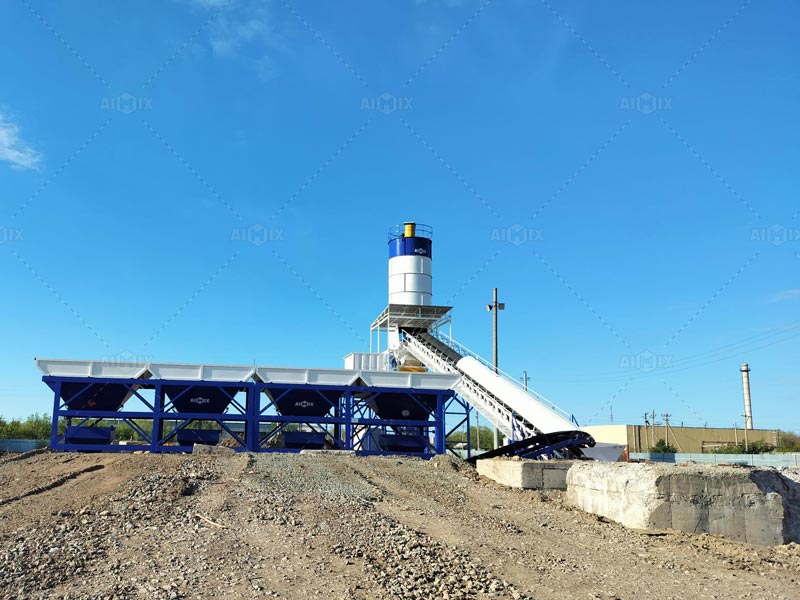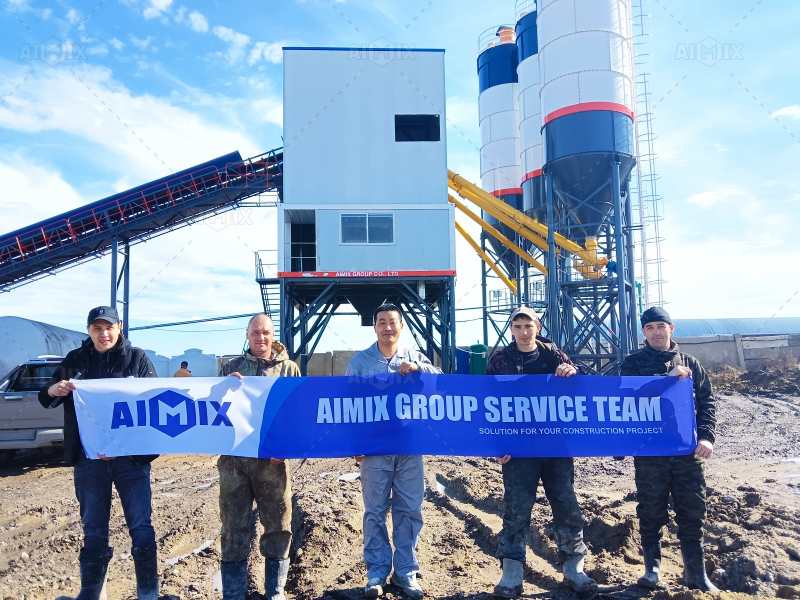The global construction industry is forecasted to experience steady growth in 2025, driven by infrastructure development, urbanization, and government investments across Asia, Africa, and Latin America. At the heart of this growth lies a crucial component: the concrete batching plant. Whether it’s a stationary unit for a large urban project or a mobile setup for rural roadwork, the demand for batching plants is accelerating—and so is the conversation around their cost.
This article examines the concrete batching plant price across key regions in 2025, offering a comparison of factors affecting costs, from raw material prices to local labor rates. It also explores pricing in specific markets such as the Philippines, Indonesia, and how China batching plant manufacturers are disrupting global pricing norms.

Asia: The Rising Demand and Competitive Pricing
Asia remains the most dynamic region in terms of demand for concrete production equipment. Countries like Indonesia, Vietnam, Thailand, and the Philippines are leading the charge with robust infrastructure plans.
Batching Plant Price in the Philippines
In the Philippines, the batching plant price varies widely depending on capacity and type. A small mobile plant (25-35 m³/h) can cost anywhere from PHP 2.5 million to PHP 4 million (approximately USD 45,000 to USD 72,000), while large stationary plants may reach PHP 10–15 million (USD 180,000 to USD 270,000). Fluctuations in the peso-dollar exchange rate, increasing steel prices, and the need for advanced automation also impact costs in this market.
To remain competitive, many Filipino contractors are importing equipment from China batching plant suppliers, who offer cost-effective and customizable solutions.
China: Cost Leadership and Technology Advantage
When discussing harga batching plant or pricing across Asia, China consistently stands out as a global manufacturing powerhouse. Chinese batching plant suppliers have leveraged economies of scale and technological advancement to offer budget-friendly machines without compromising performance.
A typical China batching plant with 60 m³/h capacity can start at USD 40,000–USD 65,000, making it far more affordable compared to equivalent models from European brands. Furthermore, many suppliers offer turnkey services, including overseas installation and training, making them a popular choice for contractors in Southeast Asia, the Middle East, and Africa.
The pricing advantage is amplified by flexible payment terms, OEM options, and rapid delivery timelines. In 2025, Chinese manufacturers are also expected to offer more modular and AI-driven batching systems, further narrowing the gap between price and performance.

Middle East and Africa: Durable Designs with a Price Premium
In regions like the UAE, Saudi Arabia, Nigeria, and Kenya, batching plant price tends to be on the higher end due to harsh climate conditions requiring more robust, durable systems. Dust-proof designs, rust-resistant steel, and automated moisture controls are often standard, pushing prices upwards.
A typical stationary plant in the Middle East might cost USD 120,000 to USD 300,000, depending on configuration. Africa, while also seeing rising demand, leans heavily on Chinese and Indian-made systems to control costs. In fact, the keyword harga batching plant (Indonesian for “batching plant price”) is becoming increasingly relevant in African markets where Indonesian suppliers are making inroads as well.
Europe and North America: Higher Standards, Higher Prices
In developed regions such as Europe and North America, strict environmental regulations, safety codes, and labor costs result in significantly higher concrete batching plant prices. Plants often come equipped with advanced dust collection, water recycling systems, and remote monitoring features.
Prices in the US for a fully equipped 120 m³/h stationary plant can reach USD 300,000 to USD 500,000. European plants, particularly from Germany or Italy, are often more expensive due to advanced tech integration and robust engineering.
However, buyers in these regions are increasingly open to mid-range alternatives—often from China batching plant suppliers—that balance cost and compliance, especially for short-term projects or rental fleets.

Latin America: Price Sensitive Yet Growing
Markets like Mexico, Brazil, and Colombia are seeing gradual growth in construction technology adoption. However, budget constraints make price a deciding factor. Mobile and compact batching plants are in high demand due to the region’s terrain and infrastructure challenges.
Here, a small 25 m³/h plant may cost USD 35,000 to USD 60,000, with many orders going to Asian manufacturers. Batching plant price Philippines searches and sourcing networks have even found relevance here, as Latin American buyers scout affordable options from Southeast Asia.
Key Factors Affecting Concrete Batching Plant Price in 2025
Regardless of region, a few critical factors will shape pricing trends globally:
Raw Material Costs: Rising prices of steel, electronics, and automation components are putting upward pressure on batching plant prices.
Exchange Rates: Fluctuating currencies (especially in import-heavy markets) can significantly alter cost expectations.
Technology Integration: Advanced control panels, weighing systems, and remote diagnostics add value but also increase upfront investment.
Supply Chain Logistics: Global shipping constraints, port congestion, and trade tariffs continue to affect delivery times and freight costs.
Regulations: Environmental standards and safety certifications required in specific countries add compliance-related costs.
Conclusion
The concrete batching plant price landscape in 2025 reflects a delicate balance of market demand, regulatory requirements, and technology adoption. While developed markets continue to command a premium for high-performance systems, emerging economies are redefining procurement strategies with help from China batching plant manufacturers and competitive sourcing models.
For contractors, builders, and investors exploring how to start a concrete plant, understanding regional price trends and aligning them with project scale and compliance needs will be the key to cost-effective decision-making.
